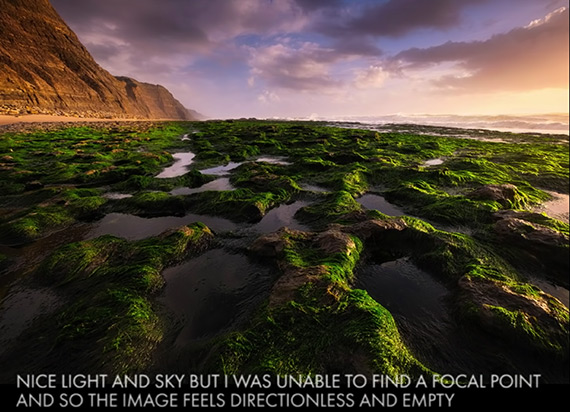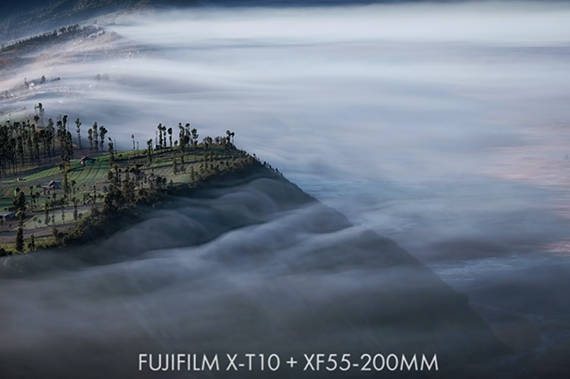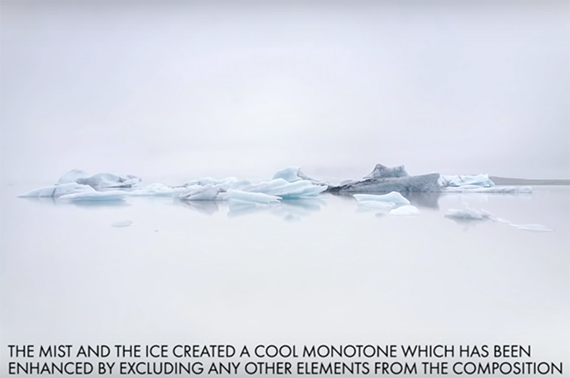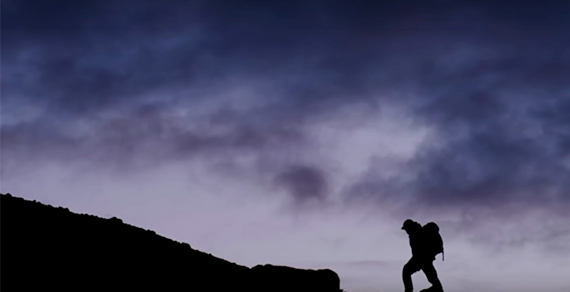Lisbon-based photographer Andy Mumford has years of experience showing his work in galleries and teaching workshops. As a result, he’s spent countless hours contemplating landscape photography. Through his successes and failures, he’s narrowed down the essentials of the genre and has shared his findings with aspiring artists worldwide:
Some of Mumford’s most important points boil down to plain old common sense. Others require digging in and asking yourself a few questions. All equally important, here are seven tips he hopes beginners will take to heart.
1. Don’t leave home without a tripod
Don’t cut corners on purchasing one either. Not all rigs are created equal, and in order to really get serious about landscape photography, it’s absolutely necessary that your tripod is reliable. It’s a tool that will carry you through years of practicing photography.
2. Keep a sense of optimism
You will fail as a photographer and have moments where you look back on old work and wonder what you could have been thinking. Over 90 percent of the images you make won’t be quite right. And that’s okay. What’s essential is that you learn from your mistakes and grow through them.
3. Put effort into your location
Arrive ahead of schedule. If at all possible, scout the area out before even lifting your camera. There’s no excuse not to research the places you wish to photograph. The less time spent scrambling, the better.
4. Specs aren’t everything
It’s important to find a middle ground and not hyper focus on having the best and the brightest gear. Technology is updating so frequently that only using the newest cameras, software, etc. can be a costly endeavor. Keep in mind that just about anything can make a great photograph with the right mind working behind the scenes.
5. Back everything up
Save your work multiple times in different places. Whether it’s on a physical drive or on the cloud, you won’t regret having it if something goes wrong.
6. Why informs how
Consider why it is that you’re actually shooting what’s in front of you. Go beyond thinking about the focal point and your composition. Think of the mood the scene is conveying. What would you like to communicate? Thinking about these elements provides a starting point on how you go about accomplishing the picture you have in mind.
7. Do it for yourself
The most important thing to keep in mind is to follow your artistic desires. Photography should be a pleasurable activity; don’t let it stress you out. Enjoy being a part of nature and having a way to express yourself. Don’t let critics bring you down. The vast majority of the time, they’re simply articulating how they would take your picture differently. But at the end of the day, it’s your view and your desires that should drive your art.
Mumford signs off with the following comment that wraps things up perfectly:
“Photography is a process and we do expect to progress and we do expect to improve. But you need to consider what improvement actually means, because improvement should be that you are much more capable of taking the images that you like that communicate the scene in the way that you want to communicate it. And that’s something that mostly will come from inside.”
Like This Article?
Don't Miss The Next One!
Join over 100,000 photographers of all experience levels who receive our free photography tips and articles to stay current:










Leave a Reply